Battery prices have fallen dramatically, but it will still be 2024 before electric vehicles (EVs) reach price parity with internal combustion engine vehicles, according to a report by research company BloombergNEF (BNEF).
Prices, which were above $1,100 per kilowatt-hour in 2010, have fallen 87% in real terms to $156/kWh in 2019. By 2023, average prices will be close to $100/kWh, according to the latest forecast by BNEF.
Cost reductions in 2019 were due to increasing order size, growth in battery electric vehicle sales and the continued penetration of high energy density cathodes. The introduction of new pack designs and it is predicted falling manufacturing costs will drive prices down in the near term.
BNEF’s 2019 Battery Price Survey, published at the BNEF Summit in Shanghai, predicts that as cumulative demand passes 2TWh in 2024, prices will fall below $100/kWh. This price is seen as the point around which EVs will start to reach price parity with internal combustion engine vehicles.
James Frith, BNEF’s senior energy storage analyst and author of the report, said: “According to our forecasts, by 2030 the battery market will be worth $116bn annually, and this doesn’t include investment in the supply chain. However, as cell and pack prices are falling, purchasers will get more value for their money than they do today.”
BNEF’s analysis finds that as batteries become cheaper, more sectors are electrifying. For example, the electrification of commercial vehicles, like delivery vans, is becoming increasingly attractive. This will lead to further differentiation in cell specifications, with commercial and high-end passenger vehicle applications likely to opt for metrics such as cycle life over continued price declines. However, for mass market passenger EVs, low battery prices will remain the most critical goal.
Continued cost declines for batteries in the 2020s will be achieved through reduced manufacturing capital expenditures, new pack designs and changing supply chains.
Logan Goldie-Scot, head of energy storage at BNEF, said: “Factory costs are falling thanks to improvements in manufacturing equipment and increased energy density at the cathode and cell level. The expansion of existing facilities also offers companies a lower-cost route to expand capacity.”
As major automakers start to produce bespoke EV platforms, they are able to simplify pack design and standardise across different EV models. The simplified design is easier to manufacture and can be scaled for larger or smaller vehicles.
The change in pack design will also allow for simpler thermal management systems and could reduce the amount of housing required for each module. As automakers start procuring cells from multiple suppliers for a single platform, there is also an increasing level of standardisation in cell design.
EV demand in Europe is growing, and supply chains are changing. Increasingly, battery manufacturers are building plants in the region. This helps to reduce some of the costs associated with importing cells from overseas, especially transportation costs and import duties.





















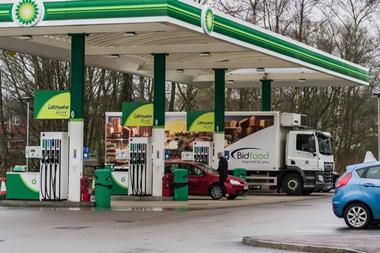
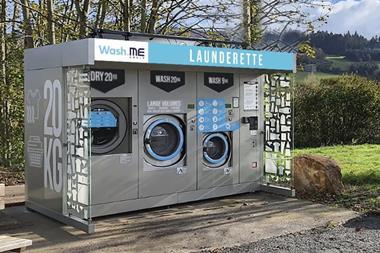

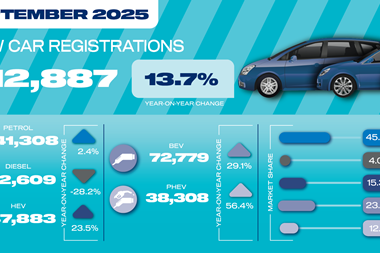

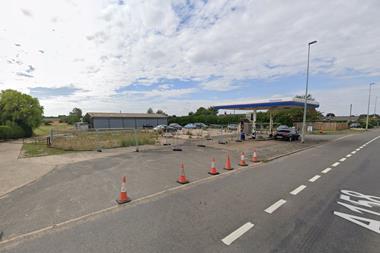

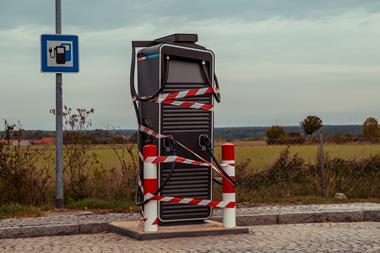




No comments yet